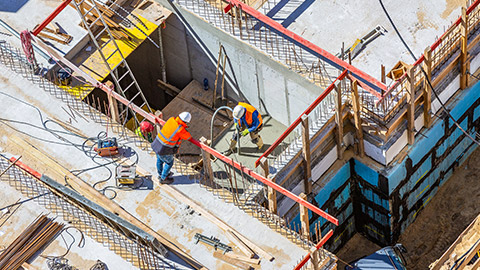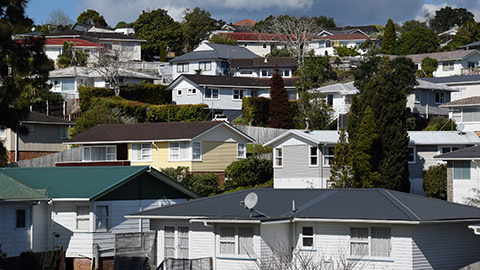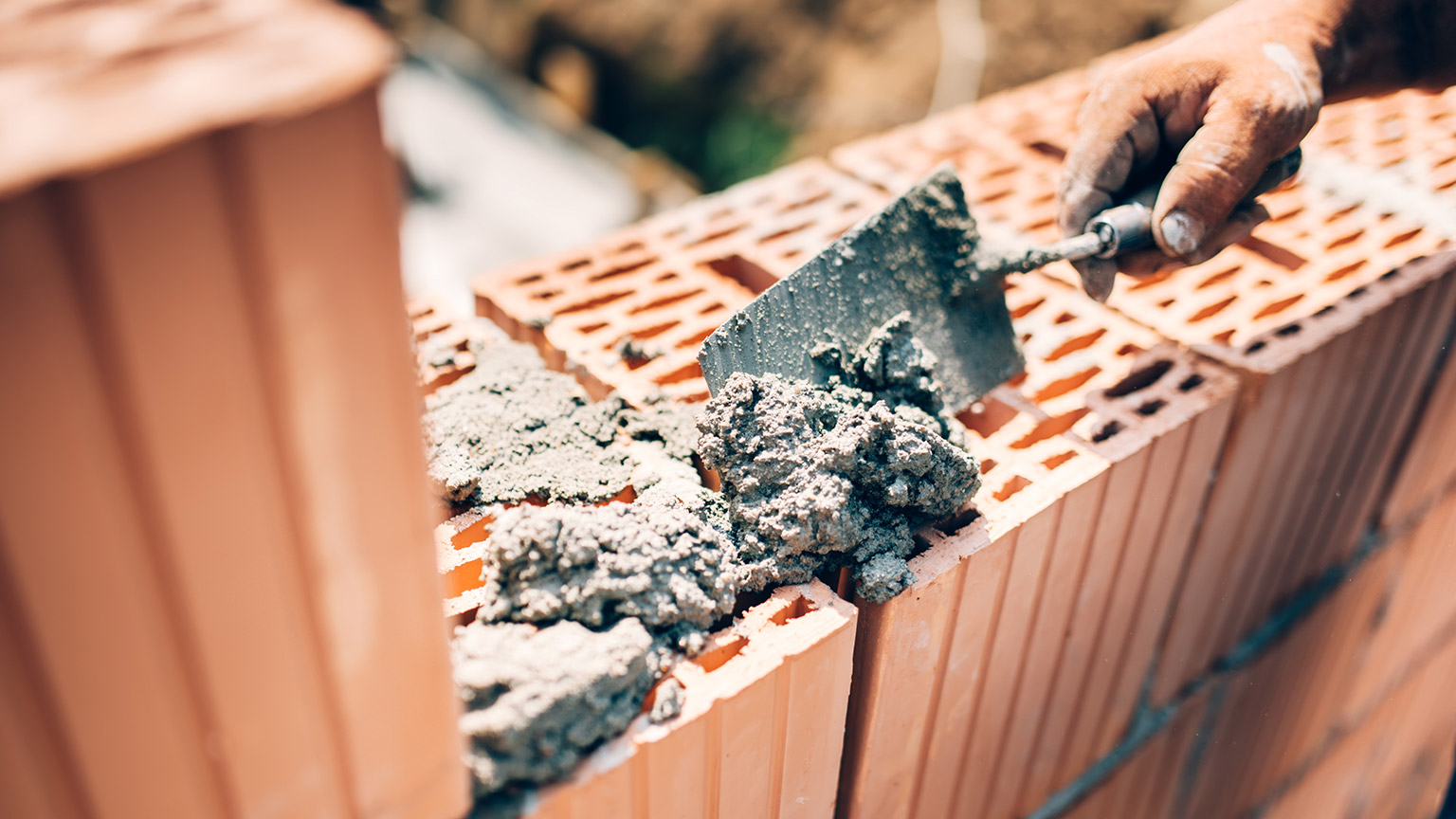Welcome to Valuing the Role of Construction!
This is the first topic of our Compliance Knowledge module.
Our aim in this topic is to:
- Identify the importance of construction in New Zealand.
- Understand the state of housing in New Zealand.
Module 5 Introduction from Will
Click 'Video Transcript' or the plus icon (+) to expand and reveal the transcript for the previous video.
G’day. Welcome to the learning bite modules. For each module, you’ll have a range of understandings to cover, from different types of building governing legislations and the terminologies involved - to learning about the government environmental frameworks and New Zealand consumer protection warranties. There’s a lot to cover, so we’ve split it all up so you can take one bit at a time. Rome wasn’t built in a day, and you’re not expected to memorise this overnight! I’m going to take you through the introduction each step of the way and get you a feel for what it is you're looking at before you jump into it. See ya there!

There are many different ways in which the construction industry contributes to our society. The five key highlights of the construction industry's contributions in New Zealand include:
- Economic growth: The construction sector is a significant contributor to the country's economy, generating employment and investment and driving economic growth through infrastructure development, residential and commercial building projects, and associated industries.
- Infrastructure development: Construction contributes to the development of essential infrastructure, including roads, bridges, utilities, and transportation networks, improving connectivity and enabling the movement of goods and people.
- Housing: The construction industry plays a pivotal role in providing new housing, supporting residential needs, addressing housing shortages, and contributing to community development.
- Innovation and technology: The sector fosters innovation, adopting new technologies and building methods that enhance efficiency, sustainability, and safety in construction projects.
- Community development: Construction activities contribute to the overall development of communities by improving the urban landscape, providing amenities, and supporting the growth of businesses, industries, and public services.
Economic growth highlights
The construction sector delivers almost as much of New Zealand's national bank balance as the whole Waikato region, and this contribution is growing.
The construction sector plays a large role in New Zealand's economy; it contributes strongly to employment, businesses, and New Zealand's national bank balance (GDP).
Construction is the fifth-largest sector by employment, comprising around 295,300 in the workforce. This accounts for 10.5% of total employment across the whole economy sector as of 2015. The Construction sector delivers almost as much of New Zealand's GDP as the whole Waikato region; this is about 6.7% of New Zealand's total GDP. Over the last three years, core construction has seen a big growth, overtaking the wholesale trade as one of the biggest contributing financial sectors.
Improving the sector's performance provides a range of extra benefits that will be shared across the industry and to the customers.
- For the industry, this means even better profit margins, better skills upskilling, and greater cross-functional learning opportunities for its workers.
- For the clients, this means a higher quality of construction for less cost and improved project timeframes with fewer delays.
So, in the long term, general construction productivity would benefit New Zealand more.
Infrastructure contributions

Construction infrastructure is vital for society as it provides the necessary physical systems, like roads, bridges, and utilities, supporting economic growth, connectivity, and improved living standards. It enables movement, trade, and access to essential services, contributing to community development and a better quality of life. Here are some examples:
- Transport networks: such as road, rail, airports, and motorways.
- Drainage: the provision of waste connections to houses, offices and other commercial buildings like shops.
- Provision of services: the supply of water, gas, electricity and communications to our houses and towns.
- Flood defences: defences to protect our buildings from flooding by rivers and rising sea levels.
Types of construction projects
Construction also covers many types of work, from taking on projects for private individuals to commercial property development. Here are some examples:
- Industrial: factories, workshops, industrial estates or units.
- Residential: private houses, apartments, or social housing.
- Commercial: retail units, shops, offices, and business parks.
- Health hubs: hospitals, community care centres, retirement homes, clinics, and medical centres.
- Education facilities: schools, universities, or training centres.
- Leisure and recreation facilities: cinemas, sports facilities, all-weather facilities, and football stadiums.
This is important later in your studies, especially around recognising building classification types and their legislative requirements.

As a residential construction site supervisor, you are playing an important part in improving the state of housing in New Zealand.
At the time of the 2018 Census, there were 1.6 million private, occupied dwellings in New Zealand, housing around 4.3 million people. Housing is important, not only for the basic need for shelter but to provide a foundation for social and economic well-being.
The following data is provided from the 2018 Census.
Affordability
Housing affordability is about people’s capacity to pay housing costs. These can include entry costs (e.g. building costs, home deposit, or bond to enter a tenancy) and ongoing expenses (e.g. mortgage or rental payments, insurance, rates, repairs and maintenance). Homeowners are more likely to find their housing affordable, but it’s becoming less affordable to buy a first home.
Habitability
Habitable housing provides a safe and healthy living environment. New Zealand homes often tend to be under-heated, cold, and damp. Insulation to prevent heat loss, ventilation to manage moisture in the home, and heating to keep warm in winter are key to maintaining a healthy living environment.
Suitability
Suitable housing provides for the whole household’s needs. In 2018, 9 out of 10 New Zealanders said their housing was suitable or very suitable. Size was the most common reason given for it being unsuitable.
Housing deprivation
Not everyone has access to adequate housing. One percent of the population was estimated to be severely housing deprived on census night 2018. However, these figures may have changed since then, and homelessness rates can fluctuate due to various factors, including economic conditions, housing availability, and social policies.
The following figure is a breakdown of the one percent housing deprivation census result:
- 41,644 people were severely housing deprived
- 3,522 people were without shelter (e.g. rough sleepers, improvised dwellings)
- 7,567 people were in temporary accommodation (e.g. night shelter, motel)
- 30,555 people were sharing accommodation (temporary residents in a severely crowded private dwelling).
Review the infographics and summary findings on the Statistics New Zealand - State of Housing Infographics.
Reflection
Looking at the experiences of residential housing for you or your family, consider the following question.
Do you find your current housing to be affordable, habitable and suitable?
Share and discuss with your tutor and peers during one of the Live Sessions.
